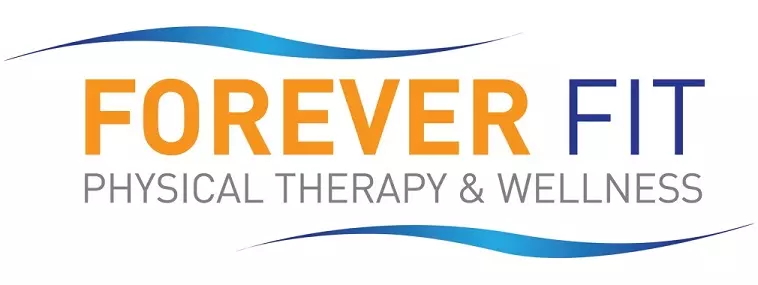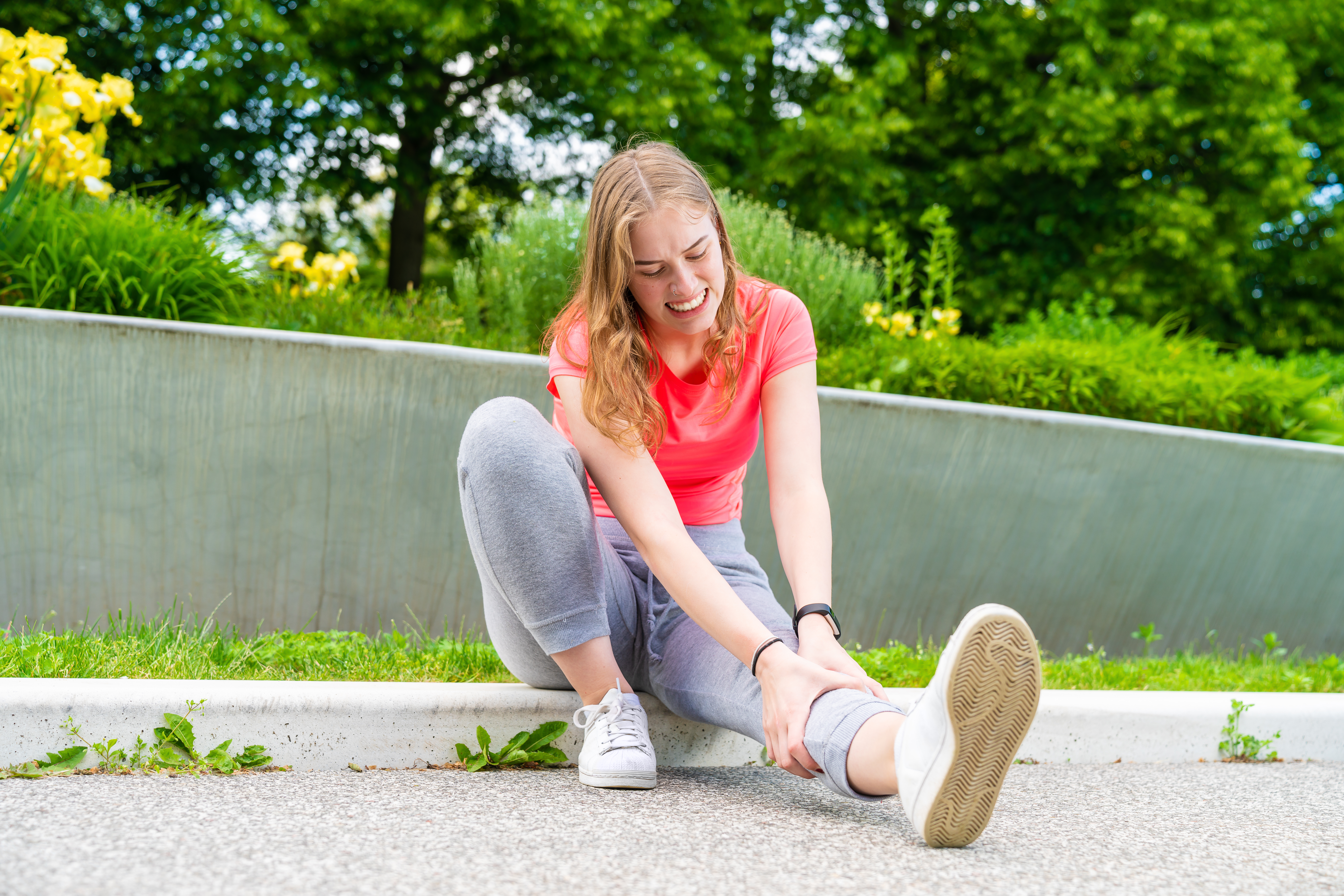Our knee joints are the largest joints in the body, and they’re made up of many complex parts. Bending the knee joint puts stress on certain structures, particularly the cartilage and ligaments. The points where the femur and tibia meet the cartilage surfaces in the knee joint compress when bending. When you squat or kneel, they may bear several times your weight. The ligaments experience increasing tension as the knee is bent, especially if exposed to force from the side. Any irritation to the tendons, ligaments or cartilage of the knee joint can result in knee pain when moving, bearing weight or even at rest.
In this blog post, we’ll talk about seven common causes of knee pain when bending.
7 common causes of knee pain when bending
In many cases, knee pain is a result of misalignment, imbalance or overuse. Overuse injuries can develop quickly, as in patellar tendinitis or iliotibial band syndrome. Or they may develop over a period of years in chronic conditions such as arthritis. The anatomy of your knee or your physiology may contribute to conditions that cause pain. A physical therapist can help determine the likely cause of your pain and provide treatments that help. They can also advise you on the best ways to care for your knee and prevent reinjury.
The following are seven common causes of knee pain when bending:
-
Patellofemoral pain syndrome (runner’s knee)
Patellofemoral pain syndrome causes a dull, aching pain around or behind your kneecap that feels worse when bending your knee. You may notice it during activities like climbing stairs, squatting or sitting for extended periods.
Athletes usually develop this condition when the kneecap is misaligned with its groove because of muscle imbalances, overuse or biomechanical issues. However, you don’t have to be an athlete to have it.
-
Meniscus tears
If you feel sharp pain inside the knee joint when bending it, along with catching, locking or giving-way sensations, you might have a torn meniscus. The meniscus is a C-shaped pad of cartilage inside the knee that acts as a shock absorber.
-
Osteoarthritis
Osteoarthritis is a degenerative condition in which the cartilage that protects the bony surfaces inside a joint wears away. With knee osteoarthritis, you’ll notice pain, stiffness and sometimes grinding sensations when bending the knee. It’s also common to experience pain in the morning or after physical activity.
-
Patellar tendinitis (jumper’s knee)
People usually feel pain from patellar tendinitis just below the kneecap, especially when jumping, climbing stairs or standing up. It happens when you put repetitive strain on the tendon that connects your kneecap (patella) to your shinbone.
-
ACL strain or tear
Anterior cruciate ligament (ACL) injuries may cause intense pain inside the knee joint when bending it. You may also find that you cannot move your knee or put weight on it.
ACL injuries usually happen when stopping or changing direction at high speed, such as during basketball or downhill skiing. You may hear a “pop” at the time of injury. Strains and partial tears may heal with rest and physical therapy, while complete tears typically require surgery.
-
Iliotibial (IT) band syndrome
The IT band is the thick band of tissue that extends from your hip to your knee. It can become tight and inflamed from rubbing against the surface at the end of the femur.
IT band syndrome causes sharp or burning pain on the outer side of your knee that may feel worse when bending your knee. Activities like walking downstairs, running (especially downhill) and standing up often exacerbate the pain.
-
Baker’s cyst
A Baker’s cyst is a fluid-filled sac that typically develops because of underlying knee joint problems like arthritis or meniscus tears that cause a buildup of excess synovial fluid. The cyst creates a visible, potentially painful swelling behind your knee that may cause tightness, pressure or pain when fully bending it.
Find relief from knee pain when bending at Forever Fit
Pain in the knee joint usually requires rest, and often physical therapy and other medical treatments are needed. If you experience more than mild pain, if your pain doesn’t go away within a few days or if it keeps coming back, you should see a physical therapist. In more severe cases, emergency care may be needed. If you experience intense pain — especially with swelling, a warm sensation, a “pop” at the time of injury or difficulty moving your knee — seek emergency care.
Physical therapy for knee injuries typically involves reducing pain and swelling, increasing circulation and reducing stiffness in the fascia of the knee joint to promote healing. In later phases of treatment, individuals rehabilitate to increase their range of motion and strengthen the muscles that create support and stability for the joint.
At Forever Fit, we provide natural and noninvasive treatments for musculoskeletal conditions like the knee injuries listed here. We’ll take the time to really listen to your concerns and address them so you can feel confident you’re getting the care you need. Treatment begins with a thorough assessment, and your PT will work with you to create your personalized treatment plan.
Are you ready to try a different approach to treating your knee pain? Contact our team today for more information or to schedule an initial appointment.

